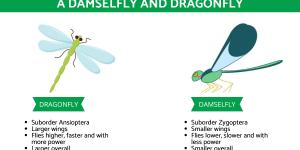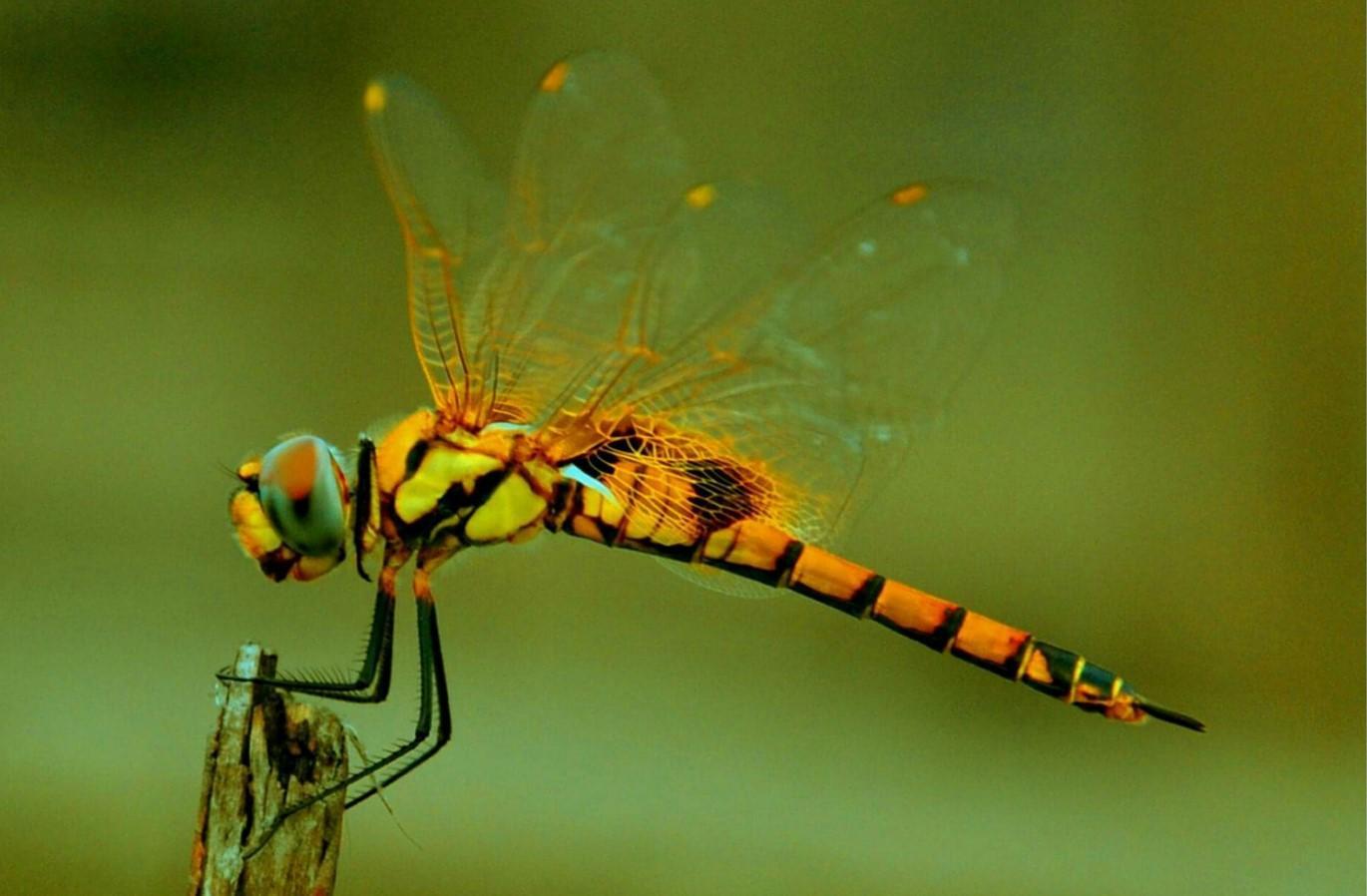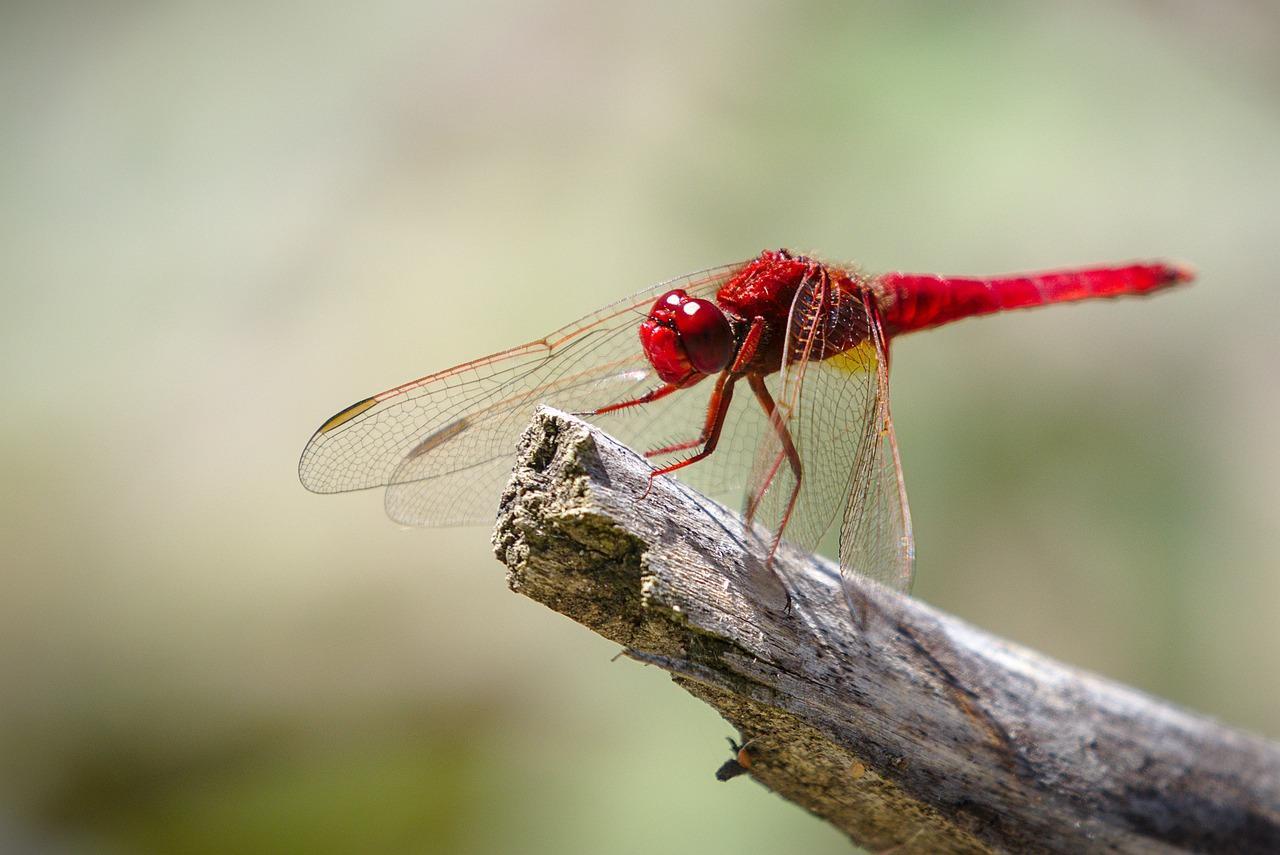Do Dragonflies Bite or Sting?


Dragonflies can bite humans, but this does not mean they pose significant danger. Unlike insects such as wasps or bees, they do not have a stinger which can envenomate humans. This means they do not pose significant danger to people, but there are some behaviors and abilities we need to keep in mind. Dragonflies can bite thanks to powerful jaws which they use for feeding. Thee cosmopolitan animals do not attack humans as they have no reason to do so. Any bites from a dragonfly are usually as a result of provocation, whether intentional or not.
At thedailyECO, we learn more by asking do dragonflies bite or sting? We understand what danger dragonflies poses to humans as well as some helpful information about these beautiful insects.
Do dragonflies bite humans?
Dragonflies, damselflies and hawkers, among many other common names, are flying insects belonging to the order Odonata. Dragonflies are those that belong to the infraorder Anisoptera. They are predatory insects which are particularly skilled hunters. Not only are they able to chase prey over relatively large distances, they can catch their prey in midflight.
In order to catch prey, they have various physical adaptations. They have two pairs of strong wings which beat very fast and angle to create mobility. Prehistoric specimens have been discovered in fossils which had wingspans of up to 30". Modern dragonflies are not quite as large as this, but they some species are significantly larger than many other types of insects.
The largest dragonflies include the giant dragonfly (Petalura gigantea) which can have a wingspan of up to 5" (12.5 cm). The smallest are those that belong to the genus Nannophya which are sometimes known as Pygmyflies.
Odonates of all kinds are considered biological controllers. This because they feed on mosquitoes, flies and other flying species that can be a nuisance to humans. By reducing the mosquito population, dragonflies indirectly contribute to minimizing the risk of disease transmission to people and other animal species. This fulfills a fundamental role in ecosystems.
When they do catch their prey, dragonflies kill them using powerful jaws. These jaws have something known as a labium, an extension which uses spines and hooks to hold on to their prey. This is below the labrum which is projected forward by the abdomen. Once caught, the prey is killed and eaten thanks to strong jaw which is toothed. This allows them to saw open the hard exoskeletons of other insects. They have their own exoskeleton for protection.
It is the combination of size and predatory ability which makes many people wonder whether dragonflies can bite. Only large dragonflies have the ability to bite humans. This is because their jaws are large enough to break through a human being's skin. Smaller dragonflies cannot bite.

Do dragonflies sting humans?
Dragonflies do not have a stinger to kill or incapacitate prey. As we have already explained, they catch their prey on the wing and use their strong jaws to kill and consume them. They do not have a need for a stinger since they are still incredible predators without them.
Learn about an insect which does envenomate humans with our article on whether bees die when they sting.
Are dragonflies dangerous to humans?
Although large dragonflies have the ability to bite humans, this does not mean they are likely to do so. Humans are not prey for dragonflies and will most likely ignore or avoid us.
Dragonflies are not known to spread diseases to humans. If we were unlucky enough to receive a dragonfly bite, we should still wash the area just in case any bacteria enters the skin. However, the spread of pathogens is unlikely.
The only reason a dragonfly is likely to bite is if they are provoked. Since they are such beautiful and fascinating creatures, many people want to see them up close. They may try to trap them in their hands. It is during this type of interaction that a bite may occur since the dragonfly is trying to defend themselves. Otherwise, they generally try to avoid contact with us.
As stated before, dragonflies are important in ecosystems to reduce insects which can be pests. Since they mainly feed on other insects, they do not pose a threat to our crops. In fact, they help protect crops by feeding on insects which can destroy them.

Fun facts about dragonflies
Now we know that dragonflies do not pose any serious danger to humans, we can look at some fun facts about these incredible insects:
- They are very old: dragonfly fossils are known to date back more than 200 million years. The species Meganeura monyi lived during the Upper and Middle Carboniferous and grew to be more than 27" (70 cm). These means they are considered a type of megafauna.
- There are two suborders: members of the order Odonata are distributed into two suborders known as Zygoptera (damselflies) and Anisoptera (dragonflies). While they are very similar, the differences between dragonflies and damselflies are largely due to their body. For example, dragonflies have larger forewings than hindwings, whereas the wings of damselflies are largely the same size.
- They are paleopterous: dragonflies are paleopterous in that they are not capable of folding their wings onto their abdomen.
- They live near aquatic environments: dragonflies are usually found near lakes, puddles and rivers since their larvae are aquatic.
- They have membranous wings: they also have complex venation and this is used for taxonomic identification.
- They have great flight ability: dragonflies can beat their forewings and hindwings simultaneously or alternately in different phases of flight. When they take off, they achieve greater power with greater energy expenditure and during the flight a lower power and expenditure. A damselfly's flight ability is somewhat more limited.
- The abdomen is very elongated: in dragonflies the abdomen is very elongated and its length is usually more than double that of the rest of the body. In some species it is cylindrical and in others it is wider.
- They have excellent vision: thanks to their large multifaceted eyes they have a 360 degree panoramic view.
- Males have accessory copulatory organs: dragonfly males have accessory copulatory parts, which allows the distinction of the sexes (sexual dimorphism).
- Many species are migratory: for example, the common darter (Sympetrum striolatum) can carry out mass migrations, moving over long distances in search of suitable sites for reproduction and feeding.
- The Neotropical region presents the greatest richness of odonates: the Neotropical region, which approximately covers the area located between Mexico and Argentina, presents the greatest richness of odonate species globally.
- They present a hemimetabolous life cycle: this includes three stages of egg, larva and adult. The first two develop in the water as opposed to the adults that are flightless, which makes them suitable as bioindicators. This means they reflect the quality of the habitat in both aquatic and terrestrial environments.
Now you know more about this one type of insect, you may be interested in our related article which explains how insects breathe.
If you want to read similar articles to Do Dragonflies Bite or Sting?, we recommend you visit our Facts about animals category.
- Ferreras- Romero, M. (2004) “Odonatos”. Retrieved from: https://www.researchgate.net/profile/Manuel-Ferreras-Romero/publication/235926230_31_Odonatos/links/02bfe51445e0b04919000000/31-Odonatos.pdf
- Schröder, N. M. (2020). “Odonates bioindicators of environmental quality. Specific and genetic diversity”.







